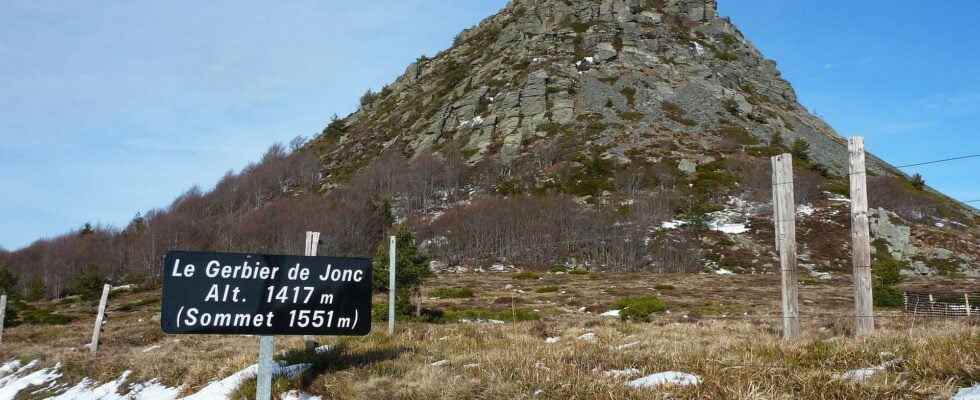In geology, a protrusion represents a construction volcanic domed or needle typical of Pelean volcanism. This type of volcanism refers to Mount Pelée in Martinique, and is characterized by very viscous lava, rich in silica and rather cold (800-900 ° C), with a clear or even whitish appearance (trachytic magmas). These characteristics make volcanoes Pelean type do not produce lava flows. Conversely, the puddles rise very slowly in the volcanic conduits. Their important viscosity gives it back degassing difficult magma. Thus, when the lava arrives at the surface, strongly charged in gas, the sudden fall of pressure will often generate a first explosive phase which will create a crater and produce fiery clouds. The viscous magma which continues to flow slowly towards the surface will then accumulate above this crater, without flowing, to form domed structures or protrusion needles.
Slow extrusion of already solidified volcanic material
Unlike classic volcanoes, construction at the level of this type of structure is therefore not done from above, but from below, hence the absence of a crater at the top of the protrusions.
A protrusion therefore forms in a context eruptive particularly, when the lava has such an extreme viscosity that it has difficulty in moving up into the volcanic chimney. The very slow progression of the lava will create a plug solid in the ducts, leading to slow cooling of the magma trapped below. This plug will rise slowly like a huge piston under the pressure of the lava continuing to feed the conduit in depth and lead to the formation of a protrusion. L’extrusion of the protrusion, already solidified, will tear off crystalline base blocks, which will then be found on the sides of the needle. As it gradually rises, however, the structure will undergo numerous collapses. The heights that the protrusions can reach are however remarkable (several hundred meters).
Typical structures of the Puys mountain range
Magmatic rocks resulting from this type of volcanism are usually phonolites, which therefore result from a slow cooling and which have the particularity of emitting a clear sound when they are knocked together, hence their name.
This type of volcanism is typical of the Massif Central and the chain of volcanic hills, where we find several protrusions, such as the Tuilière and Sanadoire rocks or the Puy Chopine. The latter thus rose more than 180 meters above the base plinth.
Due to their particular dynamics, protrusions under construction are liable to be destroyed by new explosions or by collapses, as was the case for Mount Pelée in Martinique.
You will also be interested
Interested in what you just read?
.
fs12
